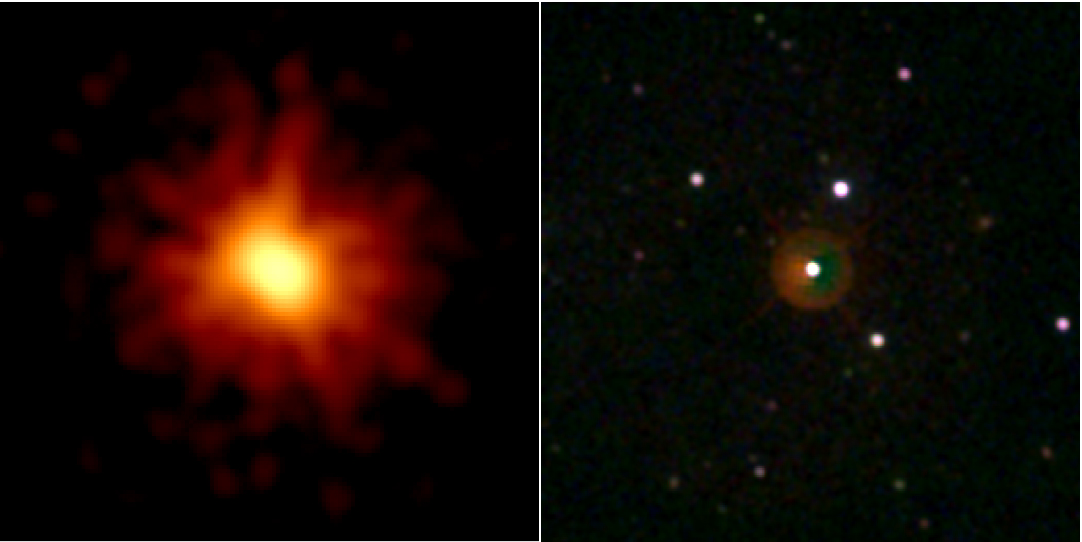Fortunately, one of Earth's vigilant lookouts – NASA's Swift satellite in orbit above our planet – was on duty and looking just right when gamma rays that had left an extraordinarily ancient star 7.5 billion years ago crossed our path.
When the old star had exploded back then, it had sent out prodigious amounts of gamma rays. Swift captured some of the energy of that gamma-ray burst. The space agency later said it never before had seen a gamma ray burst so bright and at such a distance.
Before it exploded, NASA calculated, the star was about 40 times bigger than our Sun. If there were any planets near that star, they surely were vaporized by the gamma ray burst.
The explosion was bright enough, even after traveling 7.5 billion lightyears, that it could have been seen on Earth by the naked eye. One astronomer said the starburst would have appeared as bright as some of the stars in the handle of the well-known sky constellation, the Little Dipper.
The distance of 7.5 billion light years would have surpassed the previous naked eye record of 2.5 million light years. That's 3,000 times farther away.
A lightyear is the distance light travels through space in one year, about 5.9 trillion miles.
The unnamed star, which astronomers refer to as GRB 080319B, was about halfway from our Solar System to the edge of the Universe.
Learn more:
What is the age of starlight?
A Stellar Explosion You Could See on Earth!
